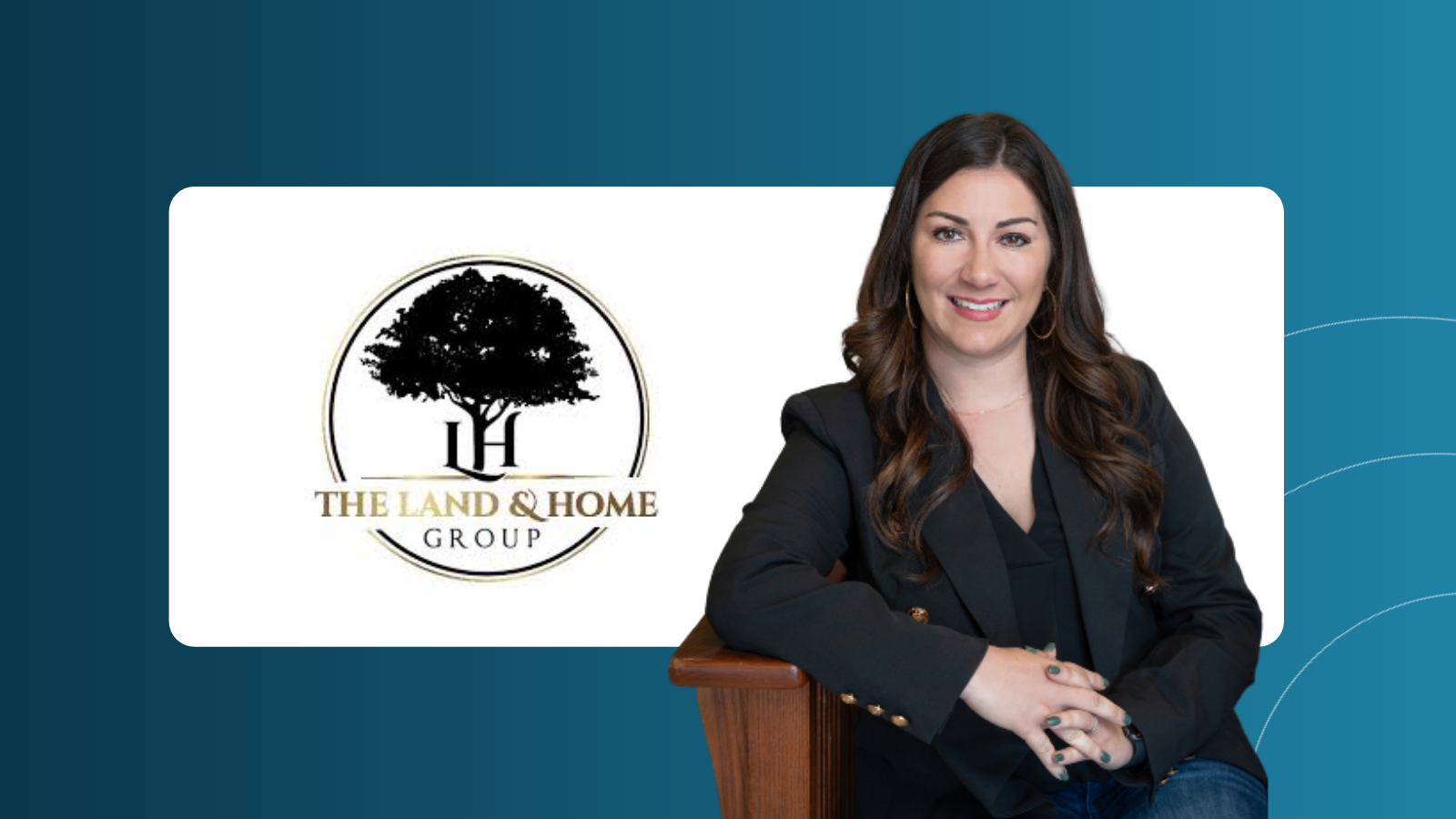A global pandemic. Remote work and The Great Relocation. High interest rates. Industry Lawsuits. But other than that…
To say the last five years in our industry have been full of challenges would be a considerable understatement. But with all the difficulties we’ve faced, challenging times are often the best time to reevaluate and recalibrate a business, since these times mandate critical thinking and a return to basics.
Strategy Assessment
For me, that return to first-principal thinking is a great opportunity to challenge my strategy. The fundamental question is: does my strategy need to change because the environment is fundamentally different? Or, should I double down on my strategy because the fundamentals are still the same?
Let’s examine that question for real estate brokerages, as viewed from the perspective of a technology provider. Here’s my take on where the industry is today:
- Brokerage margins have been in decline as a percentage of commission revenue for at least two decades. This has been masked to a degree by home prices consistently increasing since the Great Recession ended in 2010.
- The industry’s revenue still comes overwhelmingly from commissions earned at the close of a home transaction.
- Low inventory has, is, and will continue to be a problem. Low inventory won’t be solved anytime soon due to the systemic underbuilding of single-family homes over the last 15 years.
- Agent productivity is too low. While the total number of agents in the industry may decline somewhat, the reality is that the key to success for agents and brokerages is to take share, and that means good agents need to be more productive.
Given this reality, what strategy makes the most sense for brokerages to pursue? It’s the same simple strategy that has always worked: focus on helping agents win listings from sellers. This has always been the path to success – remember the sayings “List to last” and “Buyers are liars”? Listings were always king and will be king again for the foreseeable future.
The tech vendors in our industry haven’t done you any favors by manically distracting you with buyer-side tech, especially for lead generation. Sure, many buyers are also sellers, but here’s the reality: every single “buyer lead” exists as a contact in many other agents’ sphere of influence databases. In other words, if you help agents do a good job of staying in touch with their sphere of influence, you can be upstream from all the cold lead generation (Zillow and Homes.com included) and not only win the listing, but the subsequent buyside transaction for that seller, too.
Now, back to brokerage margins. Your ability to maintain and even expand these margins is critical to the future survival of your business, as well as its value if and when you choose to sell it. We are all running a competitive race, and those brokerages that have better margins can outspend, outmaneuver, outgrow, and outlast their competitors. Plus, with the pressure of aggressive agent splits and the likelihood of reduced commissions because of industry lawsuits, growing your revenue is the key to maintaining a healthy business.
Listing > Leads
This is why listings are so important. By focusing on a listings-first strategy, you will maximize both your margins and your revenue growth because:
- Seller commissions are far more durable. The perceived value of agents with sellers remains high, and the lawsuits have done little to change that. This means that unlike buyer commissions, seller commissions are less likely to erode.
- Listings business is more stable. While buyer behavior is all over the map, sellers still need to sell their homes due to life events – we haven’t had less than 4 million homes sold in a year in recent history, even during the toughest of years. Having the sellers means that your business is more stable, even during a downturn.
- Sellers are the pathway to much better buy-side commissions. We already know that most sellers are also buyers, so good listing agents can often capture the buy-side transaction as well. Moreover, they’re in a far better position to command a higher commission on the sell side since they’ve already demonstrated their value. And finally, sellers have to buy something because they need a place to move, dramatically increasing the certainty of the buy-side transaction as well as reducing the timeframe.
- Listing agents are more productive. This means that your costs per transaction go down, because the overhead per agent is amortized across a larger number of transactions, which helps improve profitability.
I know I may be preaching to the choir on this, but I challenge you to remind yourself of this strategy every day if you aren’t already. Make sure your management and staff understand this strategy, and put the right reporting and measurements in place to monitor your progress.
Tech that supports listings
And perhaps the last, but vitally important piece of the puzzle, make sure your technology vendors and partners support this strategy. Choose a vendor that is focused on helping agents connect with their sphere of influence to find, win, and close listing transactions. And if their technology and training are oriented to buyers with sellers as an afterthought, find a different vendor.
All of this is easy to say, and much harder to do. The reason it’s hard is that we’re so easily distracted with the fire of the day, but that’s entirely in your control! Use strategy to drive your business to success, instead of your business driving you potentially off a cliff.
Think of it this way – if tomorrow you could choose to have only sellers or only buyers, which would you choose? I’m pretty sure you’d pick sellers. The good news is that you can. You just need to be laser focused and start executing.



